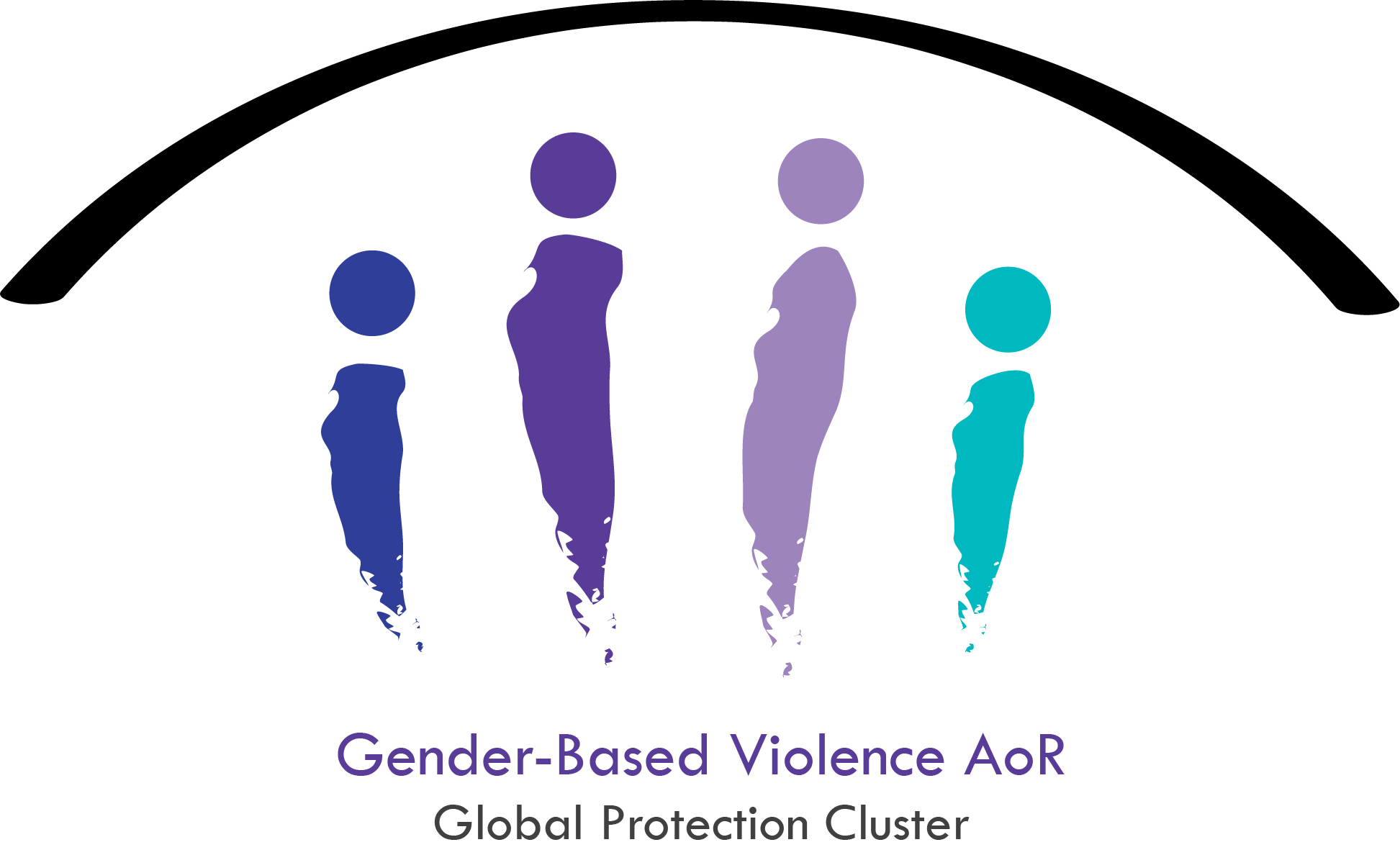Search Results for “”
Learning Brief: Key Considerations for Women- and Girl-Friendly Integrated Services in the Whole of Syria Response - GBV AoR Helpdesk 2025
03 Jul, 2025
This learning brief aims to give a concise, user-friendly summary of key considerations for ensuring that integrated service points – such as community centers and One-Stop Centers (OSCs) – are safe and supportive for women and girls at risk of or exposed to gender-based violence (GBV). The brief begins with a review of what an integrated service delivery model entails. It then considers some of the foundational principles and approaches to providing integrated services and support and concludes with a summary list of key considerations for working with women and girls through integrated modalities.
Tool 4 | FGD tool - how to & list of questions
01 Jul, 2022
Tool 4: FGD tool - how to & list of questions See the whole GBV Risk Mitigation in CVA toolkit here: https://gbvaor.net/node/1607
Understanding the Core Functions and Differences between Women and Girls Safe Spaces and One Stop Centers - GBV AoR Helpdesk 2022
19 Dec, 2022
This resource has been developed to assist gender-based violence (GBV) practitioners, MHPSS and health specialists as well as policy makers operating in humanitarian settings to understand the differences between women and girls’ safe spaces (WGSS) and one-stop centers (OSC). Drawing from key tools and guidance, it outlines the key characteristics of each type of service, their benefits, and some of the potential limitations of each service that need to be addressed as part of the design and implementation phases. This resource can be used as a reference tool when considering how to ensure comprehensive care for survivors in a given setting; it may also be useful for advocacy purposes to ensure that the scale up of one type of service (most often, one-stop centers) does not take precedence over or eclipse the other service. The priority is to ensure women and girls have access to safety and protection and a choice of where and when to seek support when they experience GBV. And so, a OS...
Gender-Based Violence and Disability Inclusion Fact Sheet - GBV AoR 2023
29 Nov, 2023
This fact sheet is for all actors working on gender-based violence (GBV) prevention, response and risk mitigation. It aims to provide an overview of the situation on GBV and disability and suggest key considerations for including persons with disabilities in GBV programming and coordination. You can find the GBV and Disability Inclusion video here.
Fundraising Handbook CP and GBV- UNICEF, 2014
16 Jul, 2019
Mainstreaming gender-based violence (GBV) considerations in CVA: key tips for cash actors engaged in the Myanmar response
05 Dec, 2022
Burmese language version available here In Myanmar, over $53 million USD has been disbursed in CVA since January 2021. The delivery of the assistance has been impacted by tremendous context-specific challenges, both technical and operational as well as related to protection or gender-based violence (GBV). In light of the security and political context, most CVA interventions have been made possible thanks to a very localized, low-profile approach. Many activities have been conducted remotely over the phone due to various access-related challenges that can heavily impact the participation of women and other at-risk populations. Bearing in mind this challenging landscape, a joint discussion between CVA and GBV actors took place in October 2022 with the objective of identifying the common GBV risks related to CVA and realistic actions that actors can undertake to decrease and prevent those risks. This note is a summary of the discussion, elaborating key recommendations and potential...
La importancia del apoyo de los donantes a los programas de violencia basada en el género en contextos de emergencia, incluso en ausencia de datos de prevalencia - GBV AoR Helpdesk 2023
23 Jan, 2023
Este informe explicativo tiene como objetivo servir de herramienta a donadores y administradores de programas de ayuda para víctimas de GBV para apoyar los debates sobre lo que ya sabemos acerca del alcance de la GBV en los entornos humanitarios, por qué la recopilación de datos de prevalencia de la GBV no es una prioridad en los entornos humanitarios y en qué fuentes de datos pueden confiar los donantes y los profesionales para informar la toma de decisiones en los programas de ayuda para víctimas de GBV.
